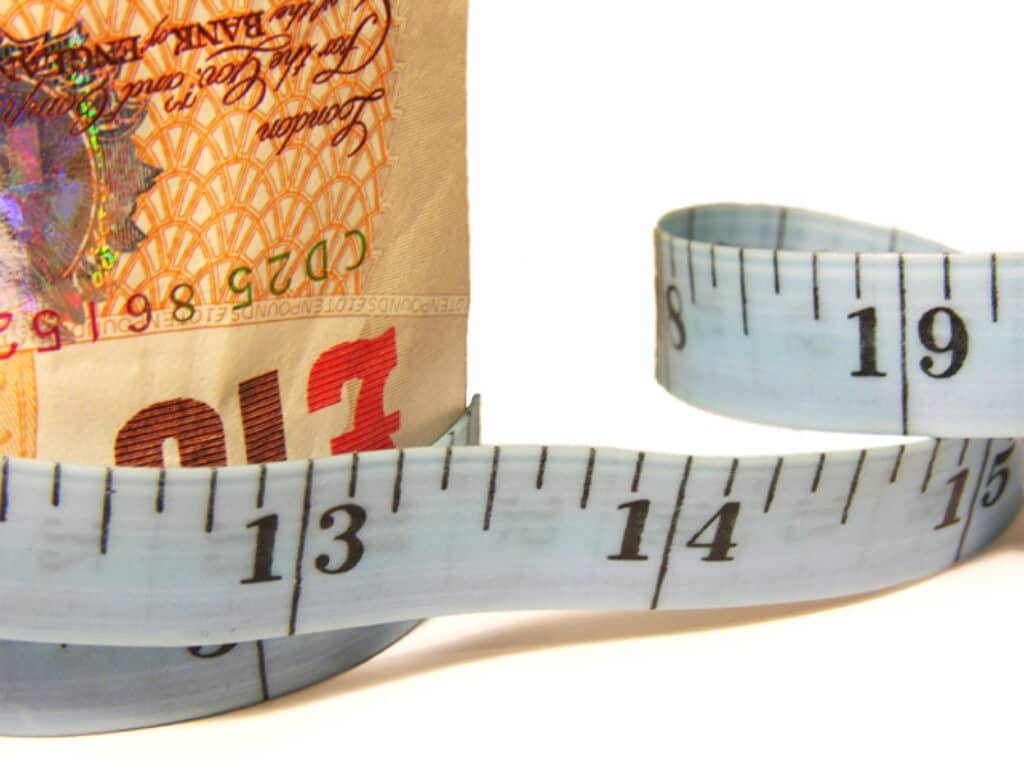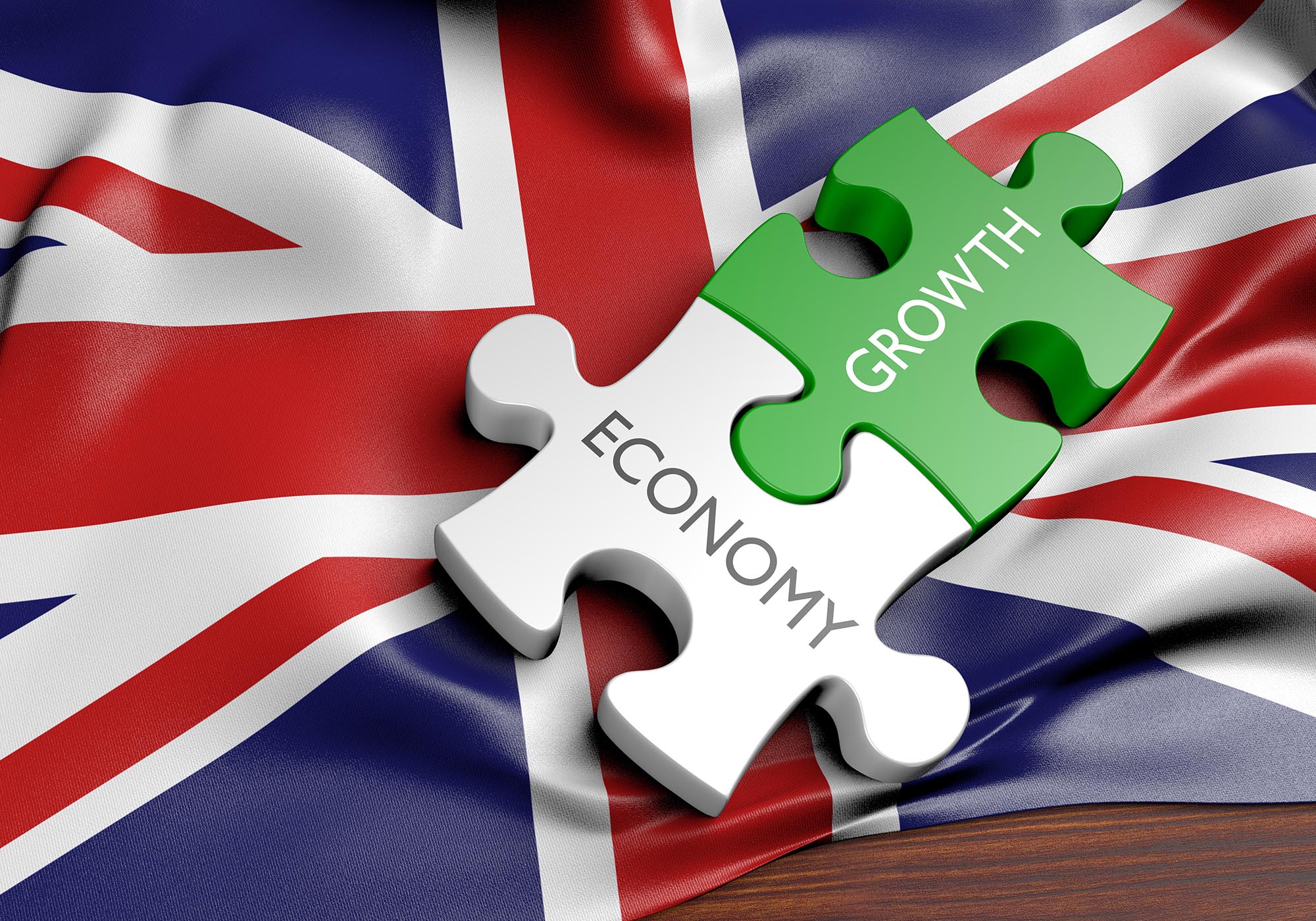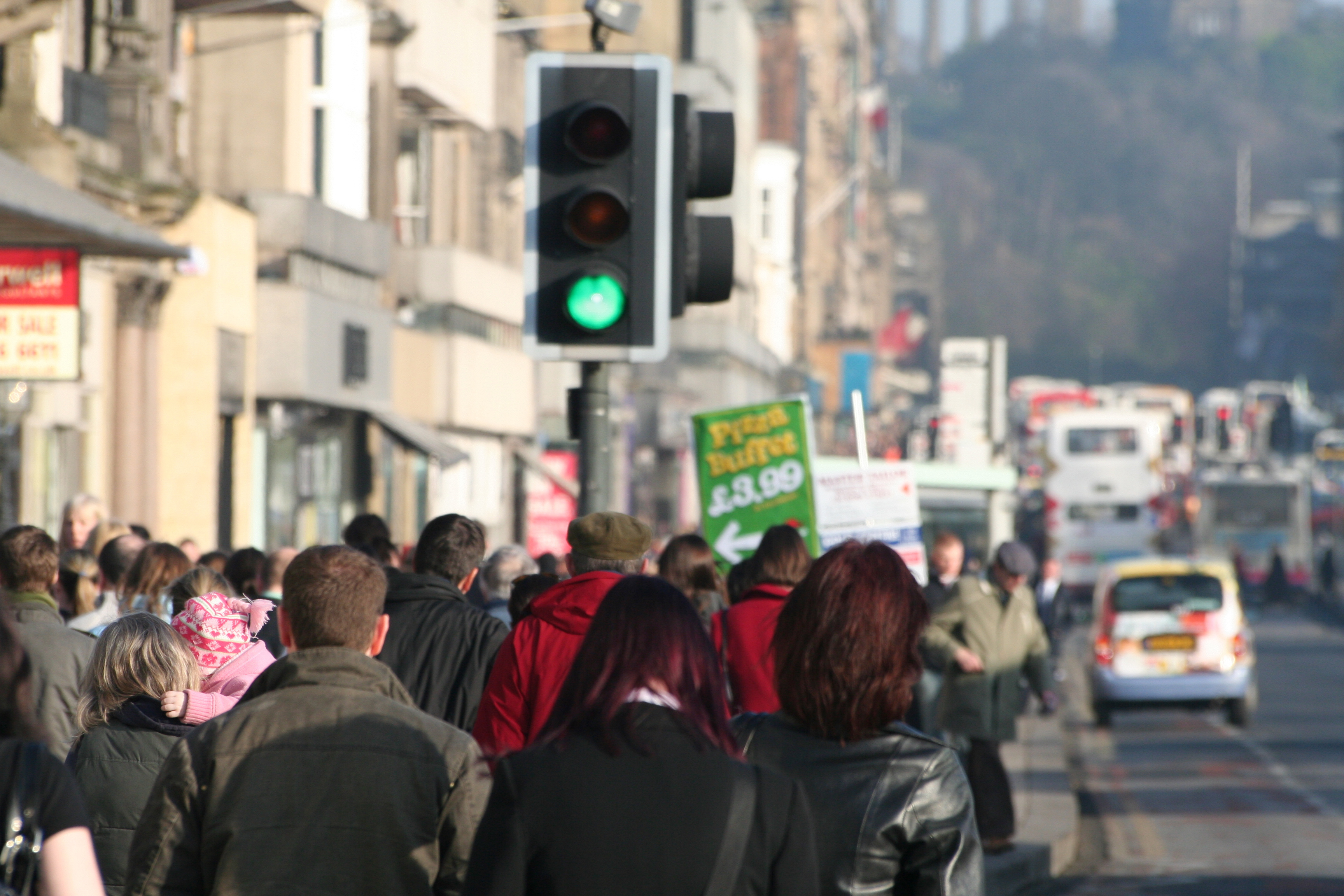The Office for Budget Responsibility (OBR) projects sharper-than-expected falls to the bank rate by the end of this year to 4.2%, with a further fall to 3.3% in the medium term.
However, OBR predictions out today also caution that “expectations remain volatile”, with projections for the bank rate in 2028 oscillating between 2.7% and 4.2% since its November forecast.
The size and projected growth of the UK population has also surprised, with the adult population to rise from 55 million in 2023 to 57 million within five years.
The OBR said: “Having reached a record high of 745,000 in 2022, net migration stood at 670,000 in the year to mid-2023, around 70,000 higher than assumed in our November forecast.”
Annual migration will fall back to 315,000 in the medium term, up from 245,000 in its November forecast, it said.
In terms of UK growth, gross domestic product (GDP) grew by only 0.1% in 2023, undershooting the November forecast by 0.4 percentage points, but is expected to pick up to 0.8% in 2024 as interest rates fall and real household incomes recover.
UK economic growth figures
GDP growth is projected to pick up to around 2% in the middle of the decade as slack in the economy is taken up, before falling back towards its assumed trend rate of around 1.66% by 2028, it said.
The trend of economic inactivity is likely to prove more “persistent than previously thought”, said the OBR. Around 9.3 million people are economically inactive, the highest level for over a decade and 700,000 higher than before the pandemic. Around one-third of the working-age inactive population cite long-term illness as their principal reason for not being in the labour force, according to the OBR.
The raft of measures announced in the Spring Budget today are expected to increase labour supply by 300,000. But the OBR added: “We now expect the labour participation rate to continue falling from its pre-pandemic quarterly peak of 64.3% to 62.8% by 2028, 0.5 percentage points below our November forecast.”
UK output growth over the next five years is largely unchanged from November at 1.66% per year.
It said: “The outlook for productivity growth is our most important and uncertain forecast judgement, and there is significant uncertainty over both our migration and participation forecasts.”
Household consumption growth is likely to pick up to around 2% from 2025 to 2028 due to higher disposable incomes, a sharp slowdown in inflation and lower interest rates.
In contrast, business investment is expected to contract by around 5% this year as past increases in interest rates raise the cost of capital and weigh on capital spending.
“We forecast that trade volumes will continue to be subdued in the next few years due to sluggish growth in the UK and global economies, and the evolving impact of Brexit,” it said.
House price performance
Average annual property price growth has plummeted from 9.7% in 2022 to 0.6% in 2023. The OBR projects further falls of minus 2.3% in 2024 and minus 0.4% in 2025, rebounding again to 2.2% and 3.4% in 2026 and 2027.
It said: “2022-23 remains the fiscal year with the largest year-on-year (YOY) drop in living standards since Office for National Statistics (ONS) records began in the 1950s. But we now forecast real household disposable income per person to recover its pre-pandemic peak by 2025-26, two years earlier than in our November forecast.”
The various tax changes announced in Chancellor Jeremy Hunt’s Spring Budget today include a 2p cut in National Insurance Contributions (NICs), costing the treasury £10.7bn by 2028/29, and reform of the non-domicile taxation regime, which could raise an annual average of £3.1bn per year.




